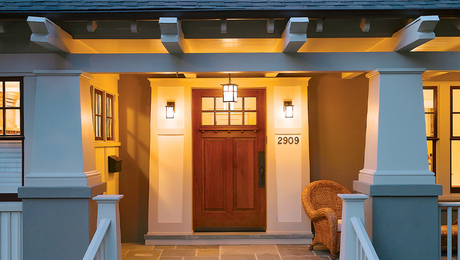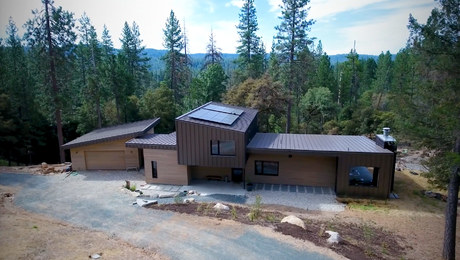Clapboard nailing options on exterior insulated walls
I’ve got a new build going in the Green Mountains of Vermont. The exterior is sheathed with Zip R6 which is Zip sheathing bonded to 1 inch of polyiso. I am preparing to side the house with beveled clapboard siding–6″ primed hemlock with a 4″ exposure. Including the clapboards, the total thickness I’ll be nailing through will be nearly 2″. If I assume I need to hit the studs, then my 2 1/2″ siding gun will only be able to get 1/2″ of nail into the wood. If I tried using my framing gun, 3″ nails will likely blow out/split the heck out of the clapboards. Presuming I stay with my siding nailer, I’m wondering if 1/2″ into the studs, and/or ring shanks into the Zip will have sufficient holding power for my clapboards.
Thanks for your thoughts!
Greg



















Replies
I think furring strips would be good for nailing and providing an air gap behind the siding.
Initially I was inclined to not use furring strips or any kind of rain screen. But I'm starting to lean toward either thin strips of plywood or, more likely, a plastic material like Cor-a-vent. That doesn't help solve my nailing challenge, except that there seems to be a sense that OSB materials that don't stay dry can get soft and lose some of their nail holding ability. As far as nailing, I am likely to go with either the Paslode TetraGrip nails (1 1/8") or short rink shank nails and simply tighten the nail spacing to compensate for not landing in any studs. The contractor who will be assisting me has suggested possibly adding long screws that reach the studs at the ends and middle of each clapboard, but I think that will be overkill.
I have much the same problem in coastal California in wildfire
hazard areas where so far as I can tell an air space behind the siding is not allowed
Could I use the zip sheathing with a fire resistant moisture barrier and stripping fastened through to the studs with the voids between nailing strips filled with rock wool?
Your question (which is certainly above my pay grade), like mine, is an example of how the building industry and its products and practices struggle to keep up with all of the changes, both in how we build homes as well as environmental challenges such as those you face. Good luck!